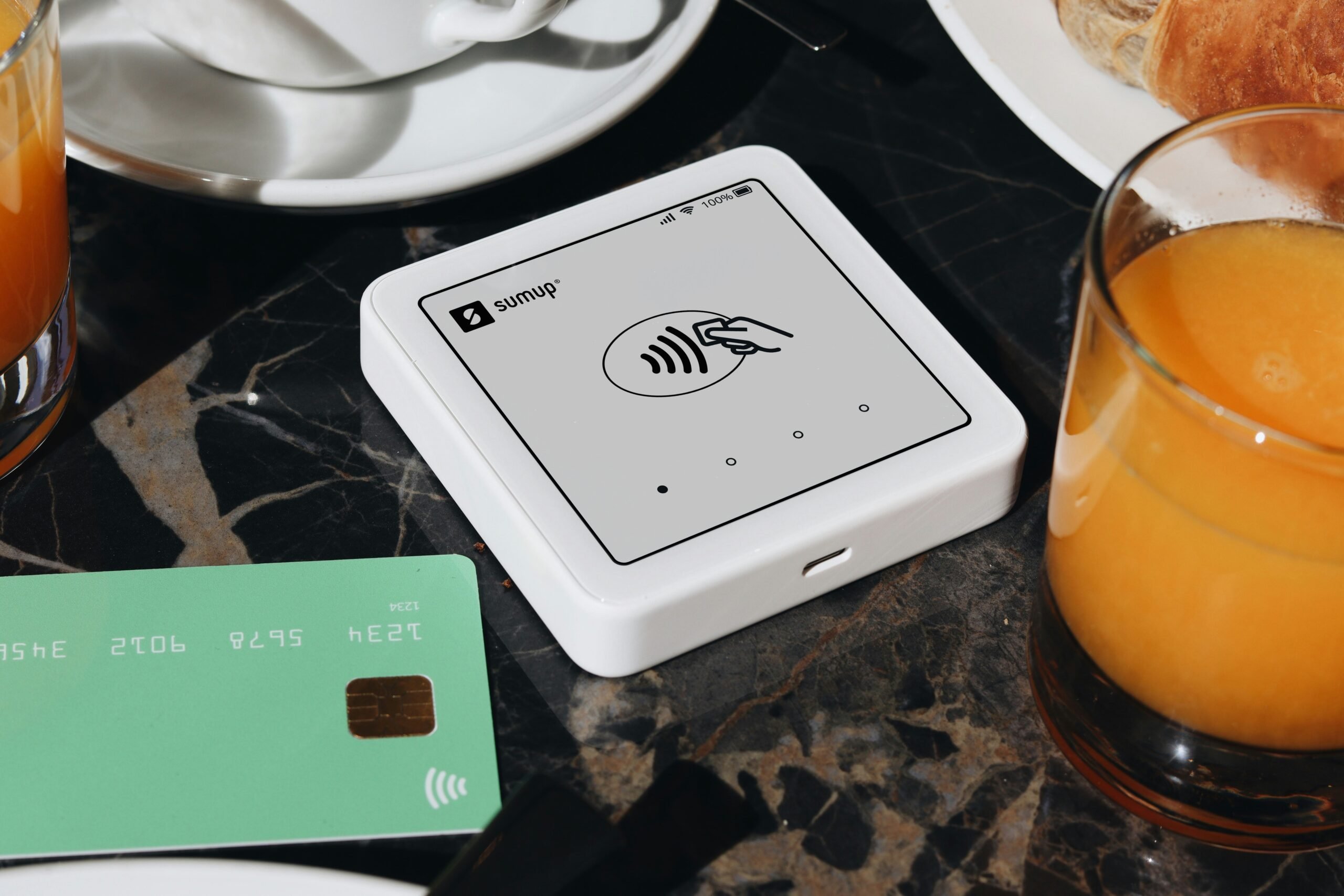Ever felt like you’re drowning in spreadsheets while trying to track your personal finance campaigns? Yeah, us too. The good news? There’s a smarter way to handle campaign updates using financial tools and marketing automation courses—without losing sleep or sanity.
In this post, we’ll dive into how you can leverage the best financial apps and automation strategies to stay on top of your game. By the end, you’ll have actionable tips for managing “Campaign Updates” effectively, plus some brutally honest advice you won’t find elsewhere.
Table of Contents
Key Takeaways
- Automating campaign updates saves time and improves accuracy.
- Financial tools like Mint and YNAB integrate seamlessly with automation platforms.
- Marketing automation courses teach advanced techniques for scaling personal finance campaigns.
- Tracking metrics is non-negotiable if you want ROI-driven results.
- Avoid common pitfalls by sticking to proven frameworks (more on that below).
Why Campaign Updates Are Crucial for Personal Finance Success
I once launched a budgeting app campaign without setting up proper tracking—RIP engagement metrics. It was like yelling into the void, hoping someone would hear me. Spoiler alert: They didn’t.

Campaign updates are the backbone of any successful strategy because they give you real-time insights into what’s working—and what’s not. Whether it’s an email blast about cutting expenses or promoting a new financial tool, staying updated ensures you adapt quickly.
“Optimist You:” ‘With regular updates, I’ll crush my goals!’
“Grumpy You:” ‘Yeah, but only if coffee and Wi-Fi are involved.’*
Step-by-Step Guide to Setting Up Automated Campaign Updates
Here’s the step-by-step lowdown:
Step 1: Choose Your Financial Tool
Select a robust platform like Plaid or QuickBooks to manage your finances. These tools let you tag transactions and sync data effortlessly.
Step 2: Integrate with Marketing Automation Software
Pick a course from HubSpot Academy or Marketo to learn how to connect these systems. Think Zapier meets Excel—it’s chef’s kiss for drowning spreadsheets.
Step 3: Set Up Custom Alerts
Create triggers for specific events, such as overspending alerts or milestone achievements. Imagine hearing “whirrrr” every time your budget hits the green zone—it’s music to your ears.
Best Practices for Leveraging Financial Tools
- Segment Data: Don’t treat all expenses equally; categorize them for better analysis.
- Leverage AI Insights: Some apps offer predictive analytics—who knew algorithms could be so helpful?
- Don’t Overcomplicate: Keep it simple unless complexity genuinely adds value.
Real-Life Examples of Campaign Update Mastery
Take Sarah, who used PocketGuard alongside ActiveCampaign tutorials to grow her side hustle income by 30%. Her secret? Weekly automated reports highlighting spending trends and potential savings.

FAQs About Campaign Updates
Q: How often should I check my campaign updates?
A: Daily monitoring is ideal, but weekly reviews work if you’re strapped for time.
Q: Do I need coding skills to automate campaign updates?
A: Nope! Most tools offer drag-and-drop interfaces for beginners.
Q: What’s one bad tip floating around?
A: NEVER rely solely on vanity metrics—they might look pretty, but they rarely tell the full story.
Conclusion
You’ve got the blueprint now: choose the right tools, embrace automation, and never skip those crucial campaign updates. Remember, success isn’t just about working hard—it’s about working smart.
And remember:
Spreadsheets whirring fast, Automation saves the day, ROI feels blissful.


